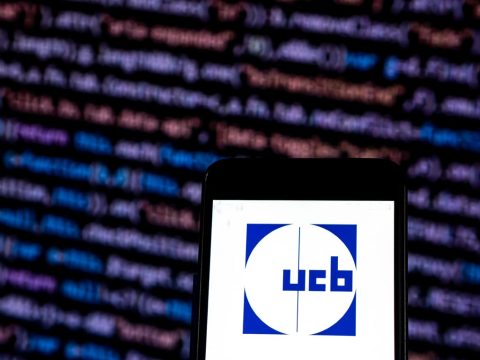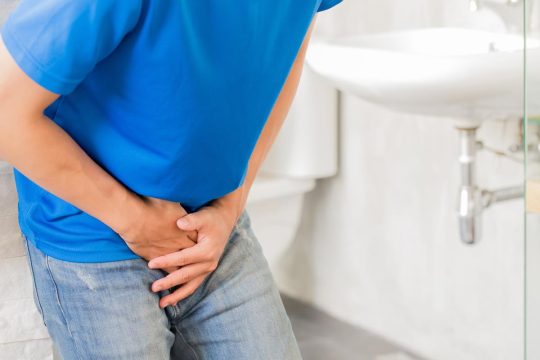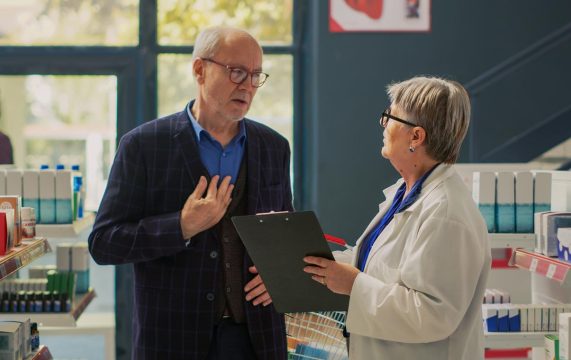Advertisment
BTS 2014 Report: Normothermic organ preservation: Back to the Future
From the annual meeting of the British Transplantation Society in Glasgow by Marc J. Clancy. Since its establishment within the mainstream of clinical care, the technology of organ transplantation has proceeded at an incredible pace, frequently faster than the cultural, legal and ethical framework in which it takes place. Normothermic organ preservation (NRP) represents a technology that was temporarily lost in the rapidly advancing technologies of the field.
Early transplantation relied on rapidity of transfer of organs from donor to recipient, but very quickly methods of organ preservation were developed to expand the new treatment approach.
Historical and current techniques of organ preservation for transplant
Normothermic preservation techniques are not new. Pioneering transplant programs used large perfusion apparatuses requiring a sizeable vehicle to transport them. Initially, locally based programs flourished on the back of this approach. However, expansion of kidney transplantation and equitable organ allocation across wider geographical areas needed a different approach.
Static cold perfusion (SCP) became possible in the late 1960’s with a seminal paper by Collins et al. showing that canine kidneys could be preserved for 30 hours and successfully autotransplanted (1). This very simple approach proved not only economical but practical and facilitated transport of organs over great distance including by air. The 30 hour time window correlated with the potential of a kidney to reach almost anywhere on the planet and still remain viable for transplantation.
The widespread uptake of static cold perfusion may have owed as much to the simultaneous realisation of the importance of tissue typing and cross-matching, which emerged as critical concepts around the same time. The additional time provided by SCP for histocompatibility testing sealed the shift to SCP and the solutions used were refined, ultimately with the development of the University of Wisconsin solution which remains widely used to the present.
In the first decade of the 21st century, machine cold perfusion came to the fore with several randomised controlled trials evaluating its benefit (2;3). In the largest and methodologically best study, this approach showed substantial clinical improvement compared with SCP(4). However some clinicians still dispute this effect. In the current era, cost-effectiveness is an additional barrier to clinical translation of new technologies and the non-fixed, up-front cost of consumables for such a preservation technology is perhaps the major factor which has prevented widespread uptake.
The 21st century has also seen a widespread resurgence of research and clinical work in the field of normothermic organ preservation. The focus of that work has essentially been on two separate points: Firstly in-situ perfusion of deceased donors and secondly, ex-vivo perfusion of retrieved organs.
In-situ donor NRP
In situ perfusion of donors has been pivotal in the establishment of successful uncontrolled kidney donation programs and its establishment has allowed excellent short term results to be achieved with selected donors(5). Beyond any organ resuscitation effect, this approach also allows potential viability assessment advantages which will prove highly valuable to clinicians. The in-vivo circuit allows analysis of blood and urine and quantification of organ function and status. This may be especially important in the field of liver transplantation in which the judgement of liver suitability for transplantation may be particularly crucial and the risks of complications substantial, such as primary non-function or later ischaemic cholangiopathy. Even for the kidney, the expanded age and co-morbidity demographic of donors in the time period following the Organ Donor Task Force report, mean judgement calls on the viability of kidneys for transplantation are a daily problem.
Preliminary results for the first U.K. pilot of such a program were presented at the British Transplantation Society annual congress in Glasgow. The organs preserved in this manner were transplanted in various centres including the author’s institution in Glasgow. The 11 kidneys implanted in that unit have shown extremely promising results despite many being formally rejected for transplantation by other centres even including the home base of the retrieval pilot scheme.
All the organs retrieved in this manner, however, were transferred to machine cold perfusion or SCP after the in-situ donor NRP for onward transport to the recipient centre. This seems highly likely to undo some of the positive effects of the NRP before the kidney can be implanted into its recipient.
Ex-vivo, recipient centre NRP
From the perspective of a kidney failure patient, perhaps the most exciting approach to applying NRP is that pioneered by Mike Nicholson from Leicester and now published as a case series(6). This approach applies short periods of NRP to isolated kidneys as close as possible to the time of implantation. This and extensive similar work was honoured with the Arris and Gale lectureship by the Royal College of Surgeons of England, delivered at the 2014 British Transplantation Society in Glasgow. A pilot analysis of the approach as a means of kidney viability testing – Presented by Adam Barlow from the Nicholson group – was also awarded the prestigious Medawar medal at the recent BTS congress. [See article in this issue for details.]
Optimisation of the approach is still some way away but the potential is exciting. Viability assessment at the point of transplantation is inevitably of greater significance than at any earlier time. Additionally, if prolonged periods of organ NRP were shown to be beneficial to that organ, the process may allow organ transplantation to be focussed away from evenings and night and into normal working hours. This would be beneficial in terms of patient’s safety, giving them a fresh team of healthcare workers; beneficial for the wider NHS in terms of staffing costs; and may improve the quality of life of transplant clinicians significantly. This is even without consideration of any of the potential benefits for graft longevity and quantitative function.
Normothermic organ preservation is a technology of the past which was lost to clinical practice for almost three decades. There can be few transplant clinicians who doubt it will be a key technology of the future.
***
Marc J. Clancy M.A. BM.ChB. FRCS (Eng.) Ph.D. FRCS (Gen. Surg.)
Consultant Transplant and General Surgeon
Clinical Lead for Transplantation
Honorary Associate Clinical Professor
Transplant Unit, Western Infirmary, Dumbarton Road, Glasgow.
References
(1) Collins GM B-SMTP. Kidney preservation for transportation. Initial perfusion and 30 hours’ ice storage. Lancet 1969 2, 1219.
(2) Moers C, Smits JM, Maathuis MH, Treckmann J, van GF, Napieralski BP et al. Machine perfusion or cold storage in deceased-donor kidney transplantation. N Engl J Med 2009 January 1;360(1):7-19.
(3) Watson CJ, Wells AC, Roberts RJ, Akoh JA, Friend PJ, Akyol M et al. Cold machine perfusion versus static cold storage of kidneys donated after cardiac death: a UK multicenter randomized controlled trial. Am J Transplant 2010 September;10(9):1991-9.
(4) Moers C, Pirenne J, Paul A, Ploeg RJ. Machine perfusion or cold storage in deceased-donor kidney transplantation. N Engl J Med 2012 February 23;366(8):770-1.
(5) Dominguez-Gil B, Haase-Kromwijk B, Van LH, Neuberger J, Coene L, Morel P et al. Current situation of donation after circulatory death in European countries. Transpl Int 2011 July;24(7):676-86.
(6) Nicholson ML, Hosgood SA. Renal transplantation after ex vivo normothermic perfusion: the first clinical study. Am J Transplant 2013 May;13(5):1246-52.





